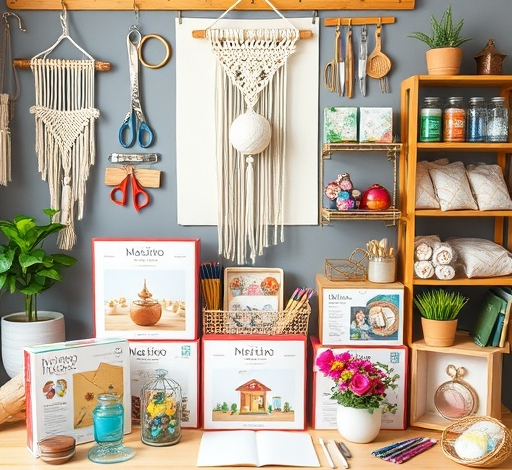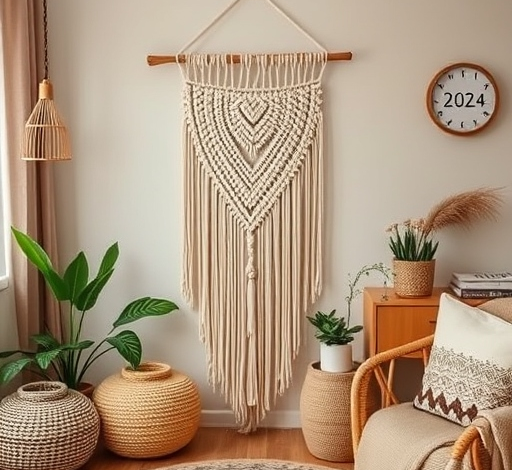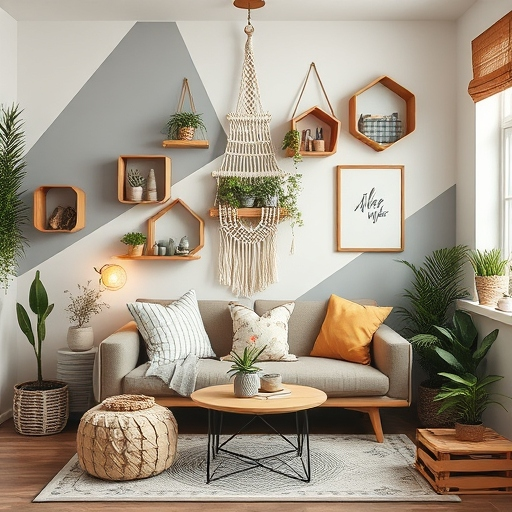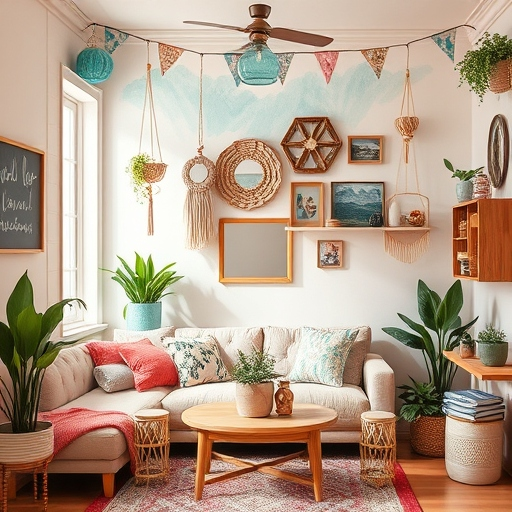
DIY Craft: Handmade Projects and Creative Hobbies to Inspire You
DIY craft, handmade projects, arts and crafts, creative hobbies, DIY tutorials—these aren’t just buzzwords; they’re gateways to creativity, self-expression, and a sense of accomplishment. In this guide, you’ll discover actionable steps, inspiring ideas, and useful tips to embark on your DIY journey and create something truly special.
What Are DIY Crafts?
DIY (Do-It-Yourself) crafts involve creating something by hand, typically using easily accessible materials and tools. Whether it’s handmade jewelry, customized home decor, or fun holiday crafts, DIY projects allow you to personalize items to match your style. Unlike mass-produced items, DIY crafts have a unique charm that can’t be replicated.
DIY crafts have grown in popularity due to their versatility. From small-scale projects like painting flower pots to large-scale endeavors like refurbishing furniture, there’s something for everyone. The beauty of DIY crafts is that they cater to all skill levels, so whether you’re a novice or a seasoned crafter, there’s always room to experiment.
Benefits of DIY Crafts
- Stress Relief: Engaging in creative hobbies reduces stress by providing an outlet for self-expression. Studies have shown that crafting activities can lower cortisol levels and improve mental clarity.
- Cost-Effective: Handmade projects often cost less than buying ready-made items. For example, making your own home decor items can save you hundreds of dollars compared to purchasing high-end products.
- Skill Development: Learn new techniques like sewing, knitting, or woodworking. Each project enhances your dexterity, problem-solving skills, and patience.
- Sustainability: Reuse and recycle materials to create eco-friendly crafts. Upcycling old materials like glass jars or scrap wood reduces waste and promotes sustainable living.
- Personal Touch: Every DIY project reflects your unique creativity. Whether it’s a personalized gift or a home improvement, the effort behind it adds sentimental value.
How to Get Started with DIY Tutorials
Starting your DIY journey doesn’t require fancy tools or extensive skills. Follow these steps:
1. Pick a Project
- Browse platforms like Pinterest, Instagram, or YouTube for inspiration.
- Choose beginner-friendly crafts like paper flowers, embroidery, or simple woodworking projects. For example, try making macramé plant hangers or painting terra-cotta pots.
- Identify projects that align with your interests and available time.
2. Gather Materials
- Make a checklist of supplies and tools needed for your project.
- Consider using items you already have at home to minimize costs, like leftover fabric or spare buttons.
- Shop at local craft stores or online marketplaces for affordable materials. Some great online resources include Michaels and Joann Fabrics.
3. Follow a DIY Tutorial
- Watch YouTube videos or read step-by-step guides online. Some popular creators include DIY Perks and HGTV Handmade.
- Focus on tutorials with clear instructions and visuals to ensure successful results.
- Don’t be afraid to pause and replay steps as needed.
Popular Handmade Projects for Every Skill Level
Beginner-Level Crafts
- Paper Crafts: Origami, handmade cards, and decorative garlands.
- Simple Sewing: Pillowcases, tote bags, and fabric bookmarks.
- Painting: Abstract art, wall decor, and rock painting.
- Holiday Crafts: DIY ornaments and wreaths for festive occasions.
Intermediate Crafts
- Jewelry Making: Beaded necklaces, wire-wrapped rings, and charm bracelets.
- Knitting/Crocheting: Scarves, hats, and cozy blankets.
- Woodworking: Shelves, picture frames, and small tables.
- DIY Planters: Painted pots or hanging planters for indoor gardening.
Advanced Crafts
- Quilting: Intricate patchwork quilts that tell a story.
- Metalwork: Decorative sculptures or custom keychains.
- Furniture Upcycling: Transforming old furniture into modern pieces with sanding, painting, or reupholstering.
- DIY Wall Murals: Adding a creative touch to your living space with artistic designs.
Tips for Staying Motivated
- Set Realistic Goals: Start small and gradually increase the complexity of your projects.
- Join a Community: Participate in online crafting forums or local workshops to connect with fellow enthusiasts.
- Celebrate Your Progress: Share your completed projects on social media or with friends to receive encouragement and feedback.
- Create a Dedicated Workspace: Organize your crafting area to keep all your supplies easily accessible.
- Keep Learning: Explore new techniques and materials to expand your skill set.
FAQs About DIY Crafting
What materials are best for beginners?
Beginners should start with easy-to-use materials like paper, fabric, and beads. Focus on affordable supplies that allow you to practice without worrying about mistakes.
How do I find time for creative hobbies?
Set aside 30 minutes a day or dedicate weekends to crafting. Treat it as a relaxation activity rather than a chore.
Are DIY projects cost-effective?
Yes! Many DIY projects utilize recycled or inexpensive materials, making them budget-friendly alternatives to store-bought items.
What tools are essential for DIY crafts?
Basic tools include scissors, glue guns, measuring tape, and a crafting knife. As you progress, consider investing in specialized tools like sewing machines or woodworking equipment.
How do I make my crafts look professional?
Pay attention to details like clean edges, proper measurements, and quality materials. Practice makes perfect, so don’t be discouraged by initial mistakes.
Can kids participate in DIY crafts?
Absolutely! Many DIY projects are kid-friendly and can be a fun way to bond as a family. Look for age-appropriate activities like painting or making friendship bracelets.
How do I sell my handmade crafts?
Start by setting up an online store on platforms like Etsy or Shopify. Use social media to promote your products and build a customer base.
What’s the best way to store crafting supplies?
Use labeled containers, shelves, or drawer organizers to keep your materials tidy. Transparent bins make it easy to find what you need.
Conclusion
Embarking on your DIY craft journey is more than just a hobby—it’s an opportunity to explore your creativity, learn new skills, and create something truly unique. Whether you’re a beginner or an experienced crafter, there’s always a new project to try. With the right tools, inspiration, and a touch of patience, the possibilities are endless. So, gather your supplies, follow a DIY tutorial, and let your imagination run wild!





